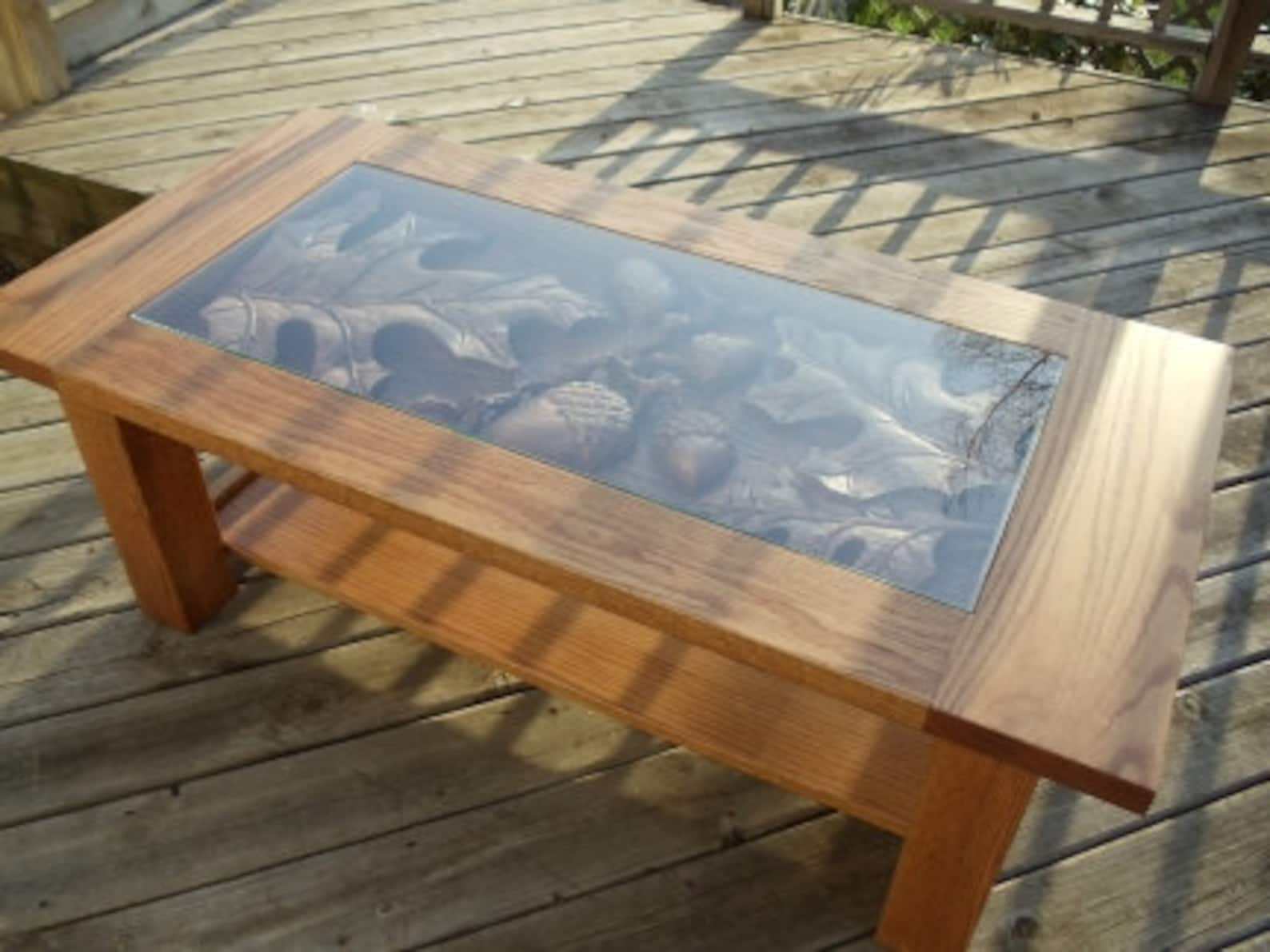
Let me know if I can help in any way, I'll be more than happy to. The css is already commented for most entries, so you can see why I used that item.
#Texworks forming table windows#
I've tried on windows though, so more tests on linux could help.Īt this link you have all the file I have: source ( darkbg.css), a res folder with the images I had to invert (those are svg I've made with inkscape and exported in png), and a couple screenshot. I think there's more that could be perfected, but as it is, it's quite an usable theme.

Ideally, lines&number could be hardcoded black so the QWidget color settings won't interfere. In my theme I used #aaaaaa, a light gray, and it's visible on white. In a dark theme, the color attribute should be white, so that's a problem. The background is hardcoded, so it's always white, while the numbers & the lines uses the color specified in QWidget. I wasn't able to figure out that I should have used the namespace Tw-UI.Īs far as I know, there's only an item left which is problematic with a custom theme: the ruler to set the screen DPI. With the hint you gave me on the close button, I can now change it as a QToolButton, thanks. So, for a really nice dark theme using css, you'll also need a few custom pngs. I've seen that most icons are standard, but when you start customizing with the css, in some cases you have to specify an image, or it'll be replaced by a dot (that's the case of up/down arrows of scroll bars, for example).
#Texworks forming table how to#
I know it takes a lot of time to code it (and I'm no coder myself, so don't really know how to help.), so in the meantime, I thought a css could be helpful. I'll try to reply to the best.įirst of all, I agree css should not be the way to go, and a theme/mode selector in-app should be the optimal choice. Maybe adding a simple "setObjectName" could make it.Ī part from this little close button bug, my dark theme is almost complete, I could share it if it could be helpful to implement a native dark theme in the app.Īdd any other context or screenshots about the feature request here. IF I understand correctly, it seems that the button is coded in ClosableTabWidget.cpp (please correct me if I'm wrong). Is there a way to make the close button an unique id so one can edit it alone? It's styled as a QToolButton, if I change something for the class, all buttons in the interface change. I've created the icons as png and inserted the url in the css, but for anyone else who'd like to use it, they'd need both the css and the pngs.Īlso, related to icons, there's an icon I've been unable to address (and thus change it), that's the console "close button". A few icons must be replaced (arrows, close and undock buttons.). There's a few issues though, which don't make this solution easy for everyone. I've themed it myself with an external css file. I'd like the option to choose between light and dark theme natively. TeXworks is shipped with only light theme : directory where generated files should be copied.Is your feature request related to a problem? Please describe. The interface is simple, but it does most things. It also allows the table to saved in other formats including HTML and Markdown. One I discovered this week is, a web-based tool for generating LaTeX tables. Only \TeX\ font is supported at the moment. Typing tables in LaTeX can get messy, but there are some good tools to simplify the process. Is useful in the conversion to ePub, for example. This option enables the use of local fonts, which "dvipng -bg Transparent -T tight -o $-mathjax.css` It is possible to disable `t4ht` image processing and configure imageĬonversion in the build file using the `image` action: The configuration is processed by the `t4ht` application and the conversion Is system dependent and it has quite an unintuitive syntax. This conversion is normally configured in the `tex4ht.env` file. These pictures are stored in a special `DVI` file, which can be processed byĪ `DVI` to image commands, such as `dvipng` or `dvisvgm`. It can be usedįor preserving the appearance of math or diagrams, for example. It is possible to convert parts of the \LaTeX\ input as pictures. : create `id` attribute for HTML sectioning elements derived from the section : resolve tables nested inside paragraphs, which is invalid in the ODT format. It is no longer used, as the dimensions are set by TeX4ht itself. : set correct dimensions for images in the ODT format. : fix styles for fonts that were wrongly converted by `Xtpipes` in the ODT format. This filter replaces these rules with aĬommon one for elements with the same color value. : many ` ` elements with unique `id` attributes are created when \LaTeX\ colors are being used in the document.Ī CSS rule is added for each of these elements, which may result in

This DOM filter supersedes the `cleanspan` filter. : replace the colon (`:`) character in internal links and `id` attributes.


 0 kommentar(er)
0 kommentar(er)
